NEWS
The Calming Effect of Counting
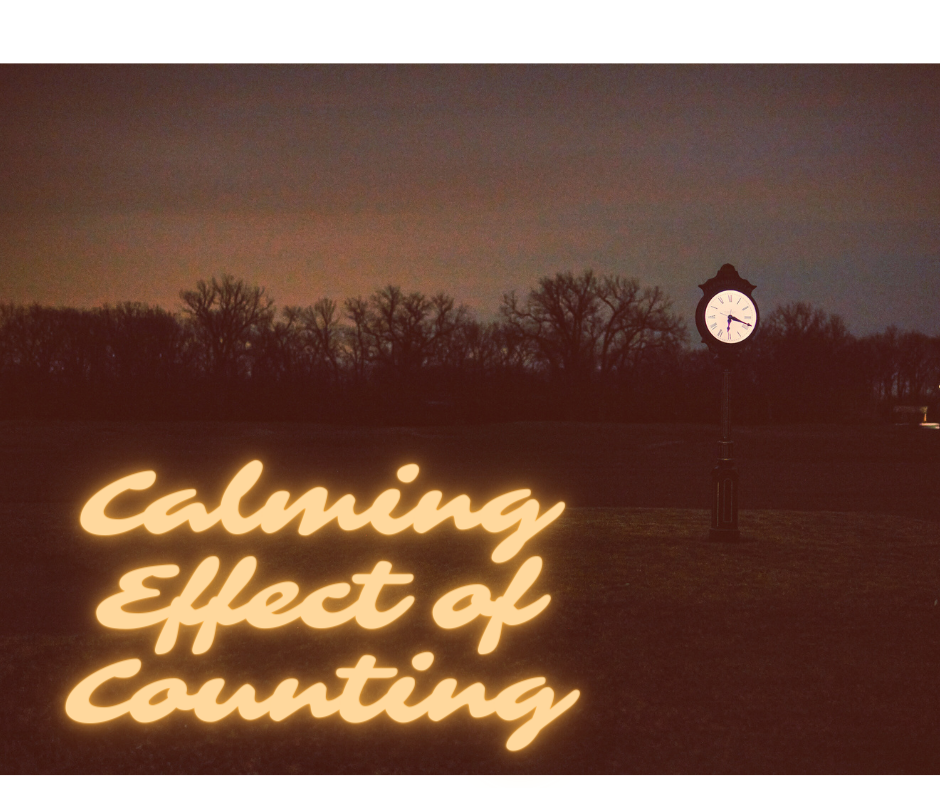
So….you’ve decided to take up the game of platform tennis. Whether you are a former college tennis player or a novice to racquet sports, the one aspect of this game that can be a little intimidating is learning how to play the screens. I have watched quite a few “newbies” master the art of corner hugging, blocking every ball that is headed in their direction, never letting a ball hit the screen. I, too, was a corner hugger and managed to play decently for a few years before finally realizing what I had been missing.
Make Friends
When I first started playing platform tennis, I kept hearing that phrase “the screen is your friend” but refused to buy into the idea. What kind of friend gives you an anxious adrenaline rush when they come to play? When the ball hit the screen panic or sheer terror kicked in. Where do I go? What do I do?
After a few lessons and some practice, I finally understood that letting a ball go to the screen buys time, about two to three times more to return a ball. I have been all in ever since, totally willing to let the ball go to the screen.
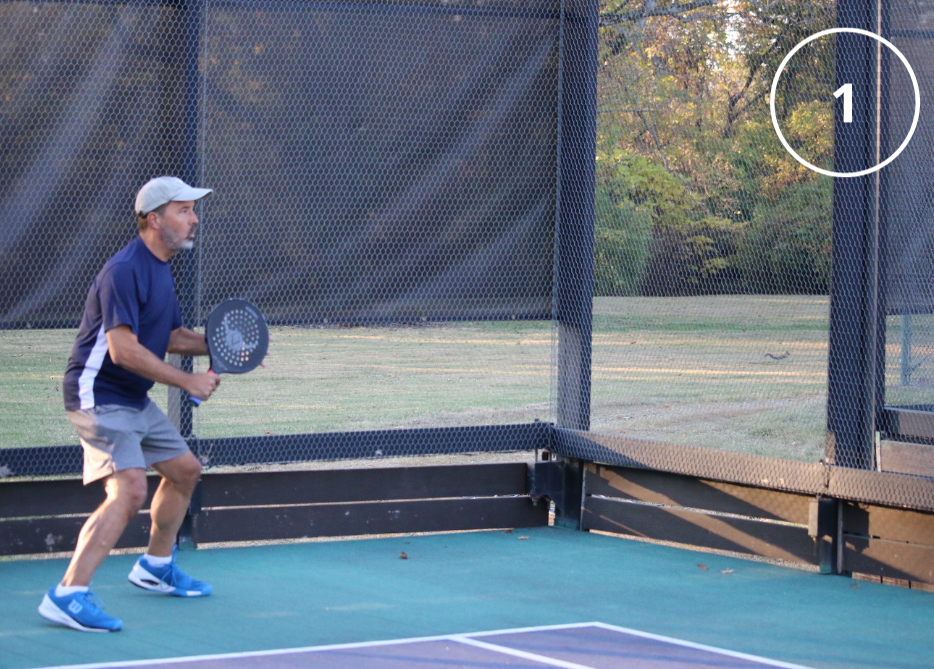
Count to Two
After a few l essons and some practice, I finally understood that letting a ball go to the screen buys time, about two to three times more to return a ball. I have been all in ever since, totally willing to let the ball go to the screen.
As a racquets professional, I’m always looking for a better way to present the same material. My players have all read articles on the fundamentals of screen play and learned about positioning for a back screen, a back/side screen, a side/back screen, and a nick. Here’s one additional approach that has been “life changing” for many of our beginners.
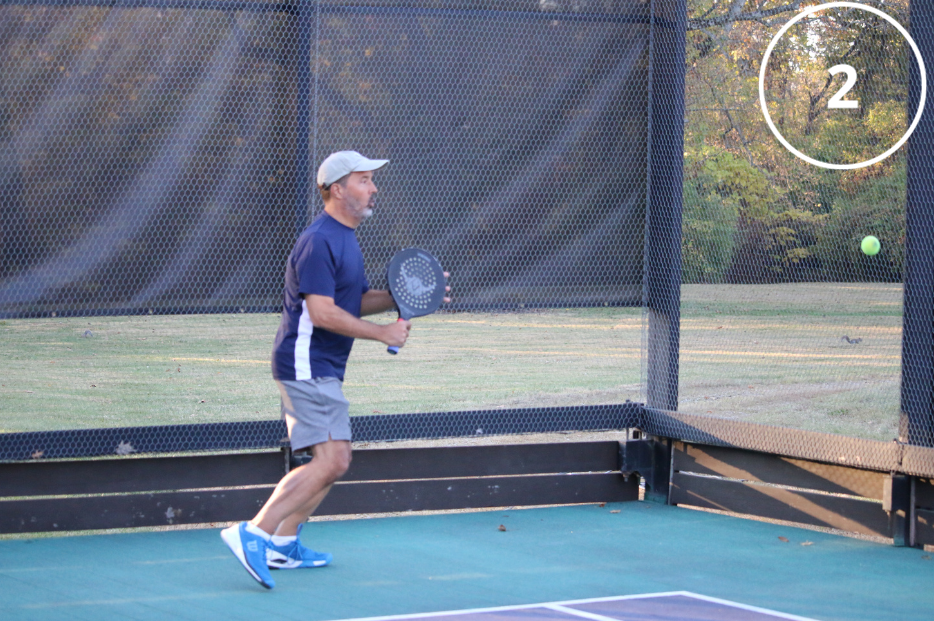
Count to Three
When you decide to let an overhead go to the screen, you should count to yourself while playing a ball off the screen. You will count “1” when the ball bounces—and on “1” you turn your side to the net and put your paddle down low, in the proper position to hit a lob, paddle face slightly open, “2” when the ball hits the screen—and on “2” you keep your feet moving, making any adjustments necessary as the ball is coming off of the screen, and “3” as you lob the ball back off of the screen. You will be counting to three any time the ball hits just one screen.
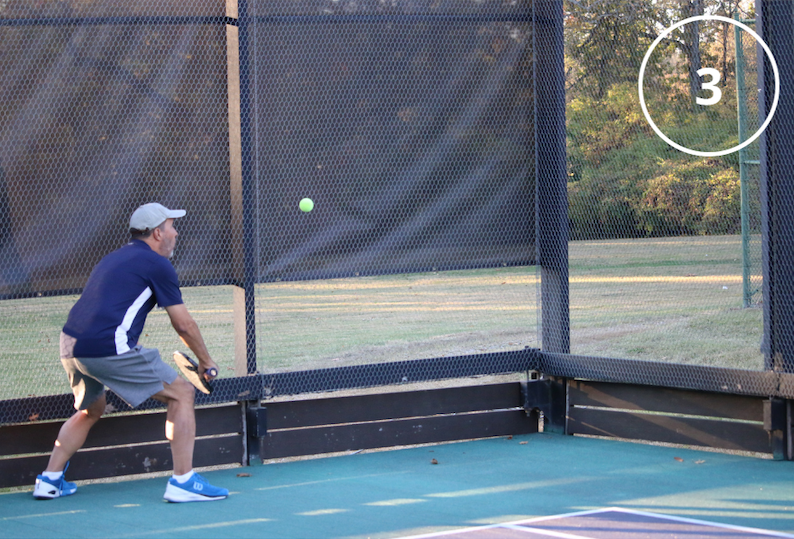
Count to Four
When the ball hits two screens (either a side/back or a back/side screen), you get to count to four: “1” as the ball bounces on the court, “2” as it hits the first screen, “3” as it hits the second screen, and “4” as you lob the ball back. (See Photos 1, 2, 3, and 4.)
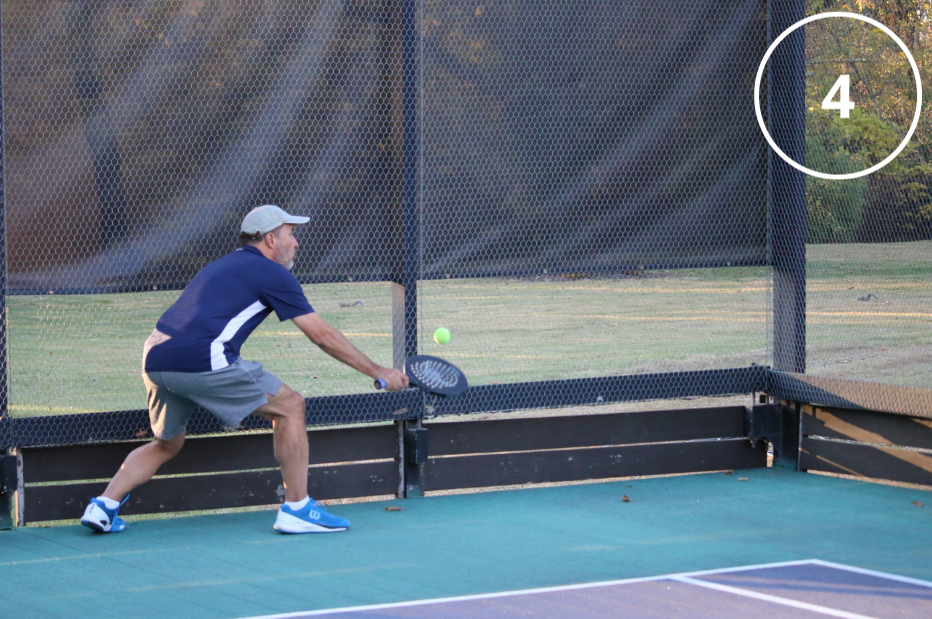
Perks of this Approach
The beauty of counting is that it has a very calming effect. As you start to count, you realize how much time you really have before you have to hit the ball, about three to four seconds. That panic and adrenaline rush starts to disappear because the counting makes you feel much more in control. Now you can buy into the idea that the screen is your friend.
Two other perks with this approach: 1) When you are at net and someone hits a lob over your head and you turn around to run the lob down, “1” hasn’t even happened yet. You still have until the count of three to get the ball back. 2) Same thing when someone drives the ball between you and your partner; “1” hasn’t even occurred because the ball hasn’t bounced yet. You still have a chance to get the ball back.
Give counting a try and you will start to embrace the part of this wonderful sport that makes it so intriguing–being able to use the screens to your advantage and being much more in control of your points.
Ann Turner is a Platform Tennis Professional at the Glendale Lyceum in Cincinnati, OH. She has taught in the Cincinnati area for 30+ years. Ann is a Women's 50+ National Champion (with Nancy Budde) and has been ranked in the top 20 (with Janet Mazzola). This article was reprinted from Platform Tennis Magazine November 2019.


